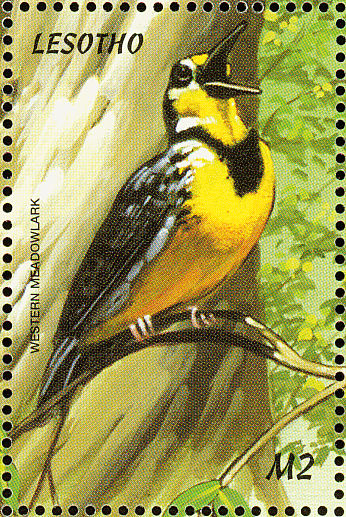The Mojave occupies nearly 50,000 square miles, mostly in southeastern California and Nevada, and it’s considered to be North America’s driest desert. Desert birds help pollinate flowers and disperse seeds, control insect outbreaks, and keep rodent populations in check. They also fill the silence with the sound of their calls. As UC Berkeley ecologist Steven Beissinger puts it: “A desert without birds is half empty. A desert without birds is a quiet place.”
For 15 years, Beissinger and his colleagues at Berkeley’s Museum of Vertebrate Zoology have been studying changes in wildlife populations across California's diverse landscapes. Their research found that nearly 30 percent of the 135 bird species that once flourished in the Mojave Desert have suffered significant declines over the past century. And more than 40 percent fewer species were observed, on average, across individual fields sites when compared with surveys from the museum's archives — meaning even more birds have disappeared in pockets.
Some of the species most affected were the larger insectivores and carnivorous birds.The American kestrel (Falco sparverius), prairie falcon (Falco mexicanus), western meadowlark (Sturnella neglecta) and violet-green swallow (Tachycineta thalassina) were among those whose populations have declined most.
Source: KQED, Oct 4, 2019
https://www.kqed.org/science/1948486/a-hotter-mojave-desert-means-a-lot…

- Login om te reageren
